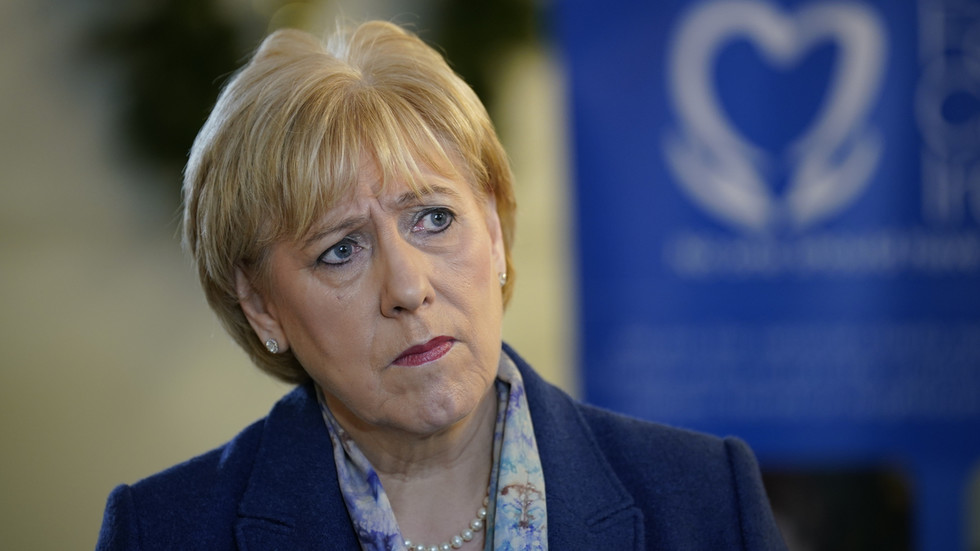Enterprise
Behavioural marketing: The model that is key to propelling business growth
Thursday February 01 2024
The turn of the year often heralds shifts in consumer preferences, spending habits, and decision-making processes. PHOTO | SHUTTERSTOCK
The turn of the year often heralds shifts in consumer preferences, spending habits, and decision-making processes. Yet, understanding these changes isn’t a straightforward task.
Consumer tastes and preferences are a tapestry woven from myriad influences—a complex interplay of societal trends, economic fluctuations, personal experiences, and evolving market dynamics.
Models like the Behaviour Motivation Ability Prompt (BMAP) endeavour to unravel this intricate maze and help businesses navigate this challenging landscape.
While the model does not promise a magic bullet for deciphering consumer behaviour, it offers an understanding of their motivations to design behaviours. At its core, the BMAP model not only helps us understand the ‘what’ but also the ‘why of consumer behaviour. It states that for behavioural change to occur, three elements; motivation, ability, and prompt, must occur instantaneously.
Your consumers must badly want to perform the desired behaviours (motivation), the behaviour must be easy to perform (ability), and a timely cue should be provided to remind them to perform the behavior (prompt). If one of these elements is missing, behavioural change cannot occur. The higher the motivation, the more likely a person will complete an action. So how does one achieve this?
To increase motivation, businesses must address consumers sensations, anticipation, and their sense of belonging. Sensation drives us to pursue pleasure while avoiding pain.
To tackle this, the business can apply the behavioural science principle of loss aversion to better position their propositions. Human beings are much more sensitive to losses than gains. A behaviour change can be elicited by highlighting the possible losses one may encounter should they choose not to take your offer.
Donald Trump’s 2016 Campaign ‘Make America Great Again’ was successful as it applied loss aversion by implying America was in the dumps and Trump was the best bet to make it great again.
Anticipation looks at hope and fear as drivers of behaviour. Individuals can have hope and pursue positive outcomes or be afraid and avoid negative outcomes. Increasing the capabilities of your consumers by empowering them through education can help alleviate any fears they may have while pursuing a desired behaviour.
To improve ability, consider decreasing friction towards the new behaviour by making the desired task as easy as possible. This will bear much fruit than teaching your audience how to behave. After all, no one wants to be told what to do! Ensure the task takes little to no time to complete it. A simple condensation of 6 steps into 2 does the trick. Making a process easy is not enough, you have to make it feel easy. The perceived effort your customers have towards doing a task should be simple and feel easy.
Your prompts should happen when consumers are most receptive i.e their motivations are highest, or their friction is low. Air BnB and Booking.com apply this by selling additional travel products once you book your accommodation when your motivation is high making you more receptive. Time of the day and language used also matter.
Weather APIs can be used to prompt consumers to buy a cold refreshing drink on a sunny afternoon than a cup of hot coffee. The prompts should capture attention and be associated with the targeted behaviour to create better chances for the desired action to be taken.
The writer is a Group Account Director at Ogilvy Africa Group.
#Behavioural #marketing #model #key #propelling #business #growth







